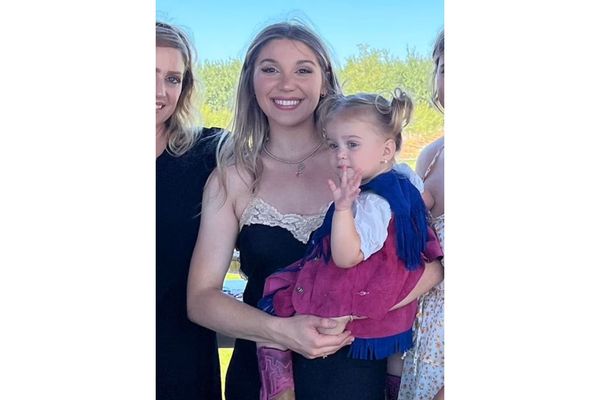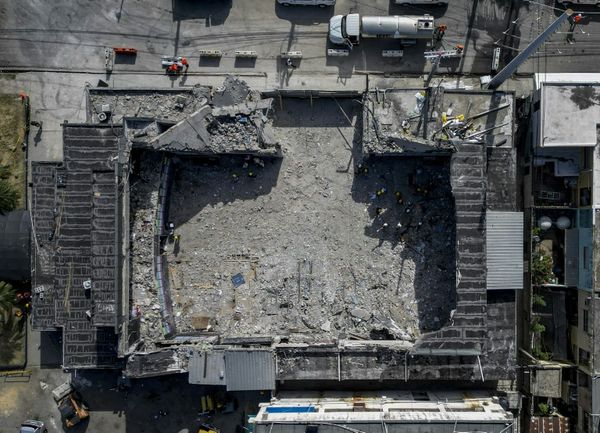
When I tell people budgeting doesn’t work, a major worry is that they won’t know what’s going on with their money if they don’t keep track of a budget.
But eliminating budgeting from your life doesn’t mean ignoring your financial obligations, plans or goals. You can keep tabs on your financial situation without planning for every dollar or restricting spending on things that bring joy to your day.
In place of a prescriptive and restrictive budget, I recommend creating a “money map,” which can keep you informed of your financial situation without the added stress and expectations of a restrictive budget or persnickety spending plan.
In my book, "You Don’t Need a Budget," I help readers create a money map by answering a series of questions about their finances. Here’s how you can create and use this tool to guide your own financial decisions.
01 Focus on four key pillars of your money
A typical budget looks at your income and uses it to make a spending plan. To avoid restricting your spending this way, I recommend using a money map to get a look at four key pillars before making a plan:
- Resources: Money, assets, assistance and credit available to spend
- Commitments: Bills and expenses you’ve agreed to pay each month
- Goals: Savings and debt-payoff plans
- Spending: Amount available to spend on everything else
02 Recognize ALL of your resources (not just your income)
Restricting the life you live based on income you can earn from working is impractical for most people and impossible for many. Eighty percent of Americans hold some kind of debt, and 69% say non-mortgage debt is a necessity for them, according to a Pew Trusts study.
That’s why I recommend considering not only your income when determining what you have available to spend, but these four types of resources:
- Income: Money you earn from working
- Assets: Non-liquid value you can tap, like property, investments and goods you can sell
- Community support: Non-profit or government resources, services and benefits
- Debt: Credit cards, lines of credit and loans
Start drawing your money map by listing your available resources across these four categories. Income and community support might dictate your monthly resources, while assets and debt are more likely supplemental resources.
To quantify community resources, note the cost covered (e.g. monthly health insurance supplement, Social Security income, grocery cost saved by using a food bank, child care cost replaced by neighborhood care, etc.).
To quantify debt resources, note the credit limits on any credit cards or lines of credit you already have open, less the balance. You can note loans if you have an idea of loans you might qualify for in the future, but only include this if it adds clarity.
03 Name your commitments and the consequences of non-payment
To get a picture of the money you prioritize spending each month, list the amounts of your monthly financial commitments, including any regular payments you make toward life costs and minimum debt payments. Include bills you pay toward things like housing, utilities and subscriptions, but not groceries or other fluctuating costs.
Next to each of your commitments, make a note of what happens if you don’t pay. For example, if you don’t make mortgage payments, you’ll eventually lose your house. If you don’t make minimum credit card payments, you’ll accrue interest and fees.
Listing consequences alongside your commitments helps you prioritize payments when you have to. If you don’t have the resources one month to pay all of your bills, would you rather live with the consequence of not paying your mortgage or that of not paying your credit card bill, for example?
This section of your money map is also vital because it shows you where the bulk of your money goes. Commitments tend to make up the majority of a household’s monthly expenses and financial challenges, so this is a good place to look when you need to make changes. Adjusting a commitment — like moving to a cheaper place, cutting subscriptions or negotiating a debt down — can have a more sustainable impact on your finances than counting pennies and restricting day-to-day spending.
04 Name your goals
Use this space to get a full picture of your outstanding debts and your savings goals.
Under debt goals, list the full balance of any outstanding credit cards and loans, so you get a full picture of your debts. Then list extra payments (if any) you want to make toward them beyond your minimum monthly payment.
Also use this space to list contributions you’ll make toward:
- Rainy-day fund
- Investment accounts
- Big-spending plans such as travel or your next car
Putting this all in one place, alongside the rest of your money map, helps you see how prioritizing various financial goals can impact your overall financial picture. If a financial expert’s recommended debt payoff method or aggressive retirement savings puts a strain on your monthly resources, for example, you can adjust those goals to create more room for spending and commitments.
05 Set up your "Yes Fund"
“Yes Fund” is the cheesy name I made up for your spending money. I call it that because the goal is to be able to say “yes” as often as possible when you’re wondering whether you can use money toward something you want.
If money is flowing and you use an automated anti-budgeting (a.k.a. ”pay yourself first”) method to fund your commitments and goals from your resources, then your "Yes Fund" is the money left over to spend however you want. No budgeting or spend tracking.
However, a money map isn’t a budget or spending plan, and it doesn’t set priorities for you. If, for example, buying a daily latte is more important or impactful to you than putting an extra $100 each month toward savings or debt, make that choice.
There’s no hierarchy among resources, commitments, goals and spending. A money map shows you how various financial decisions impact your overall picture, so you can move money where it matters most to you.







